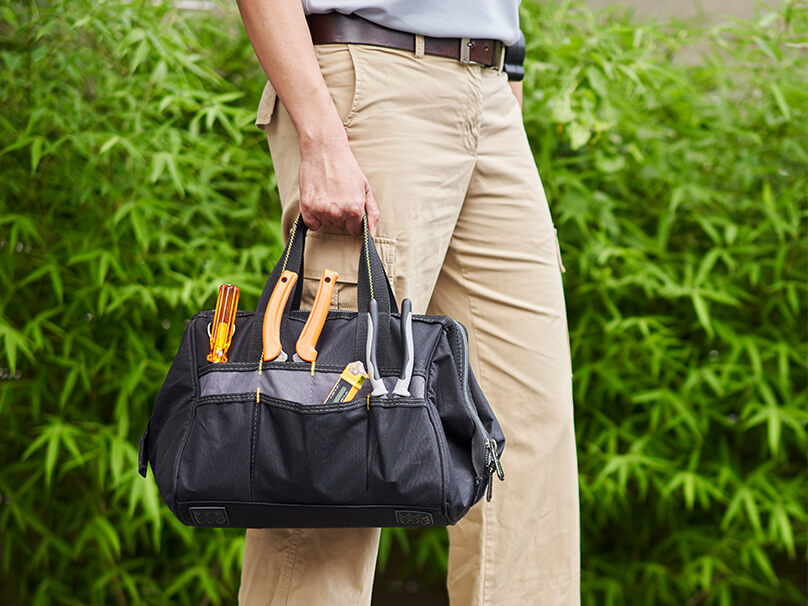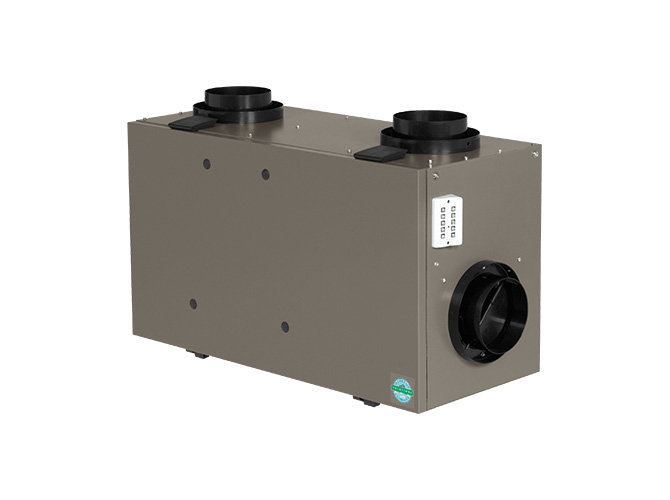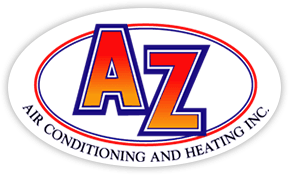The inside of your home feels stuffy and the air a bit unpleasant to breathe. So you open up the windows and leave a back door with a screen in it ajar. Some of the low–quality air leaves and fresh breezes in—but now you home the wrong temperature in your home! If you live in Los Angeles, CA, you most likely will invite heat into your house, and the air conditioning system will either have to turn off—leaving you fairly miserable—or it will have to work overtime to beat the heat that came in with the fresh air—leaving you fairly miserable when you see the bills.
You can get around this problem and keep your house sealed from outdoor temperatures while still receiving a stream of fresh air. It’s a device called a heat recovery ventilator (HRV). If you want to find out more about HRVs and what they can do for your home, call AZ Air Conditioning and Heating and speak to our indoor air quality experts. They can arrange for HRV installation if it turns out one is right for your home’s comfort and indoor air quality.
Do you want installation or service for a heat recovery ventilator in Los Angeles, CA or the surrounding areas? Give AZ Air Conditioning and Heating a call today.

What Is a Heat Recovery Ventilator?

An HRV is an attachment to an HVAC system that draws in outdoor air and pre–conditions it with inside air before sending it to the heater or air conditioner. Fresh indoor air crosses through a stream of stale indoor air, and a heat transfer occurs between them: the cooler air warms up, and warmer air loses heat and cools down.
Imagine a hot summer day in Los Angeles. The heat recovery ventilator in a home draws in hot fresh air, and then runs it through a current of indoor air, which is stale but also cool. The hot outdoor air loses much of its heat to the indoor air. The stale indoor air is vented outside, and the fresh outdoor air, now much cooler than before, heads on to the air conditioning system. The AC had much less work to do with this fresh air because it is already cooled down. The fresh air enters the home, and very little energy is lost. The process reverses during the occasional cold days outside.
The Benefits of an HRV System
The main reason to install a heat recovery ventilator is that it allows you to increase your home’s indoor air quality without having a negative impact on the heating or air conditioning system. HRVs recover approximately 85% of the energy that a home would otherwise lose because of exposure to the outside air, and this will make a significant improvement in your heating and cooling bills while concurrently improving indoor comfort.
Heat recovery ventilators are similar to energy recovery ventilators; one important difference is that ERVs do not transfer moisture between air currents, and therefore do not affect indoor humidity. If humidity is not an issue in your home, an HRV will do the job you require.
We Install and Service Heat Recovery Ventilators in Los Angeles, CA
You may have a hard time deciding between an HRV and an ERV. Don’t worry too much about it: call AZ Air Conditioning and Heating and we will help you make the best choice. Afterwards, we can take care of the installation work. You can rely on us at any time for necessary services to keep an HRV running.
